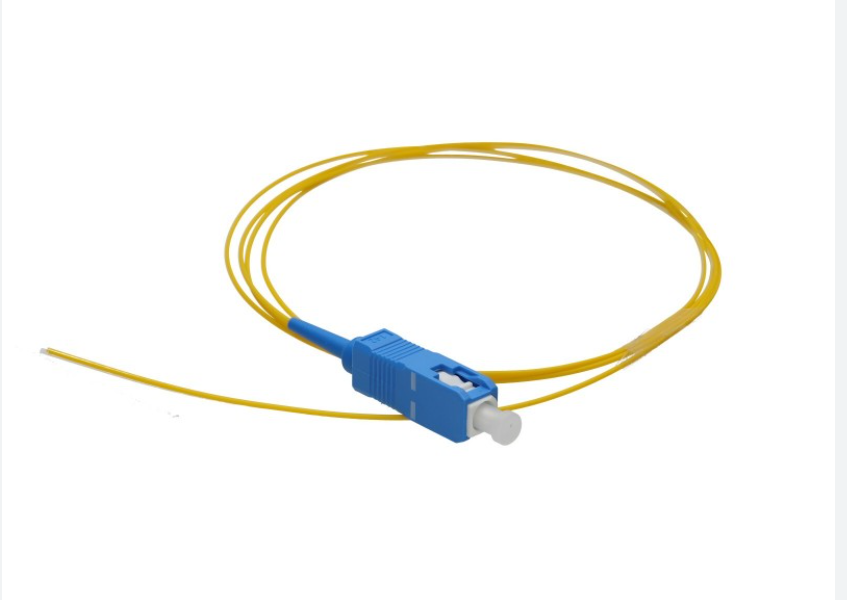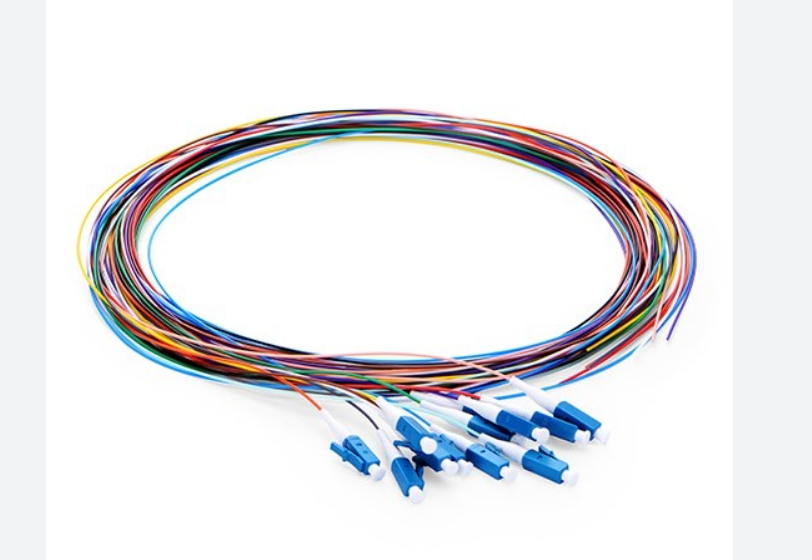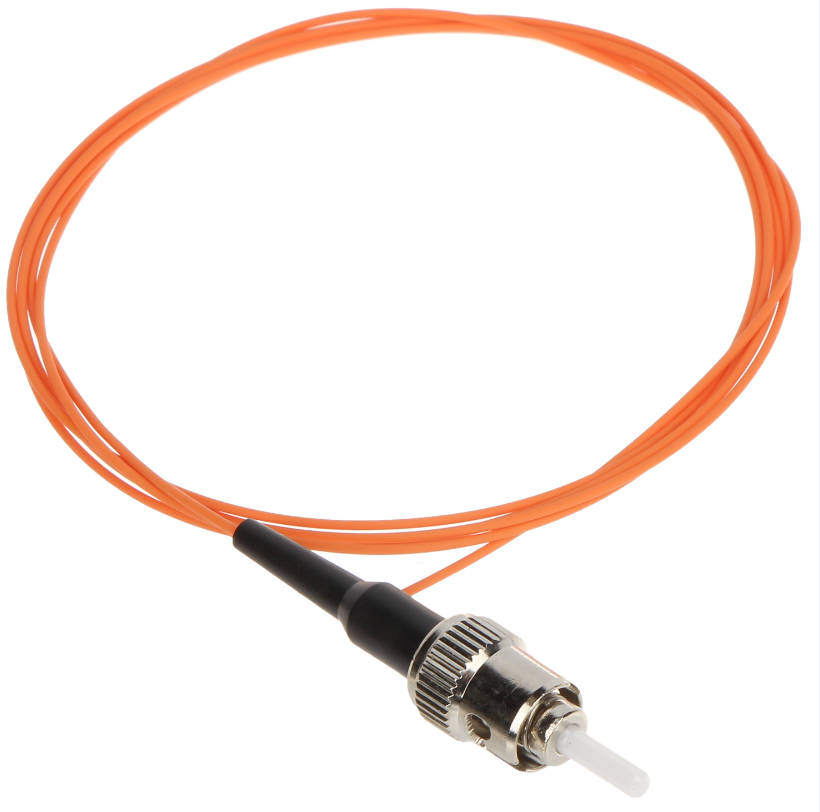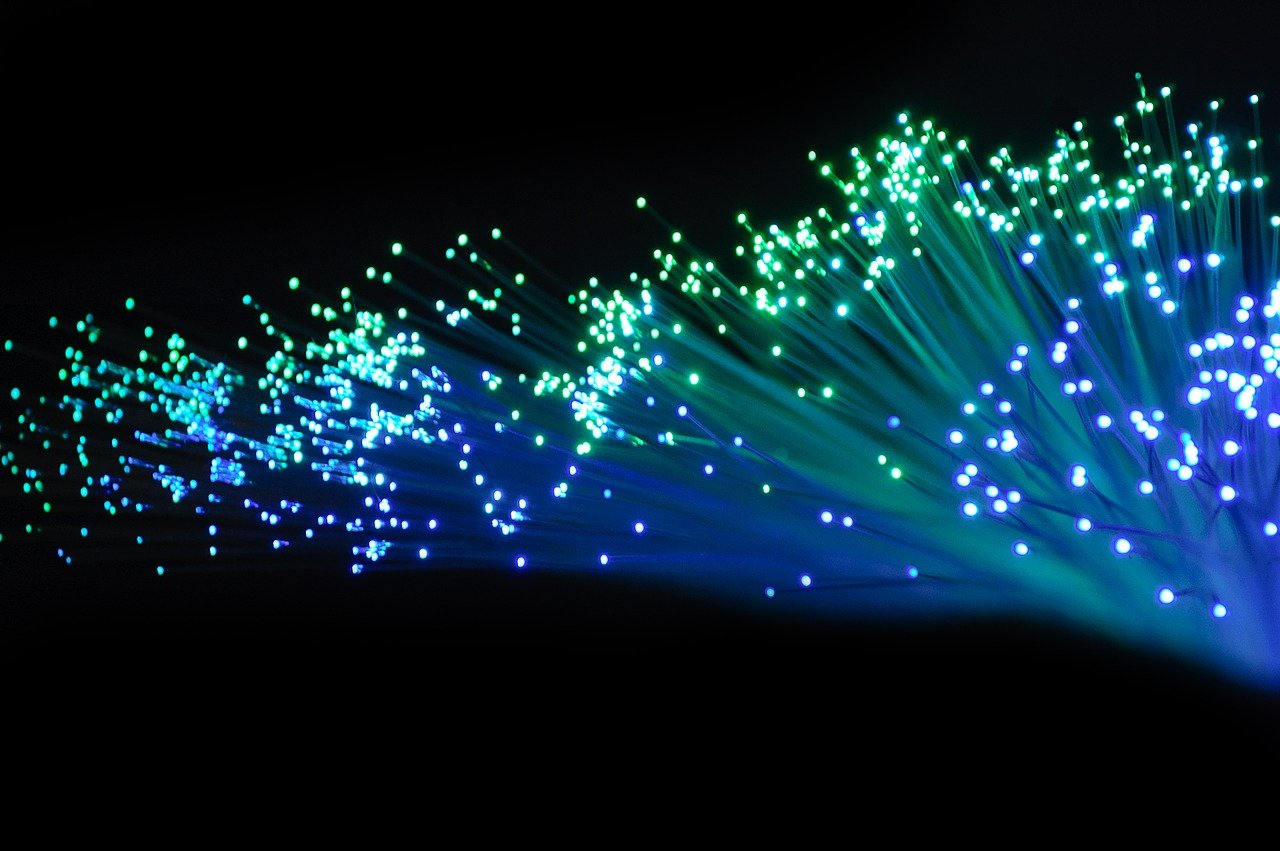The Ultimate Guide to Fiber Optic Pigtails: Choosing the Right LC, ST, or SC Pigtail for Your Network

Fiber Optic Pigtails: An Overview
Fiber optic pigtails are crucial components in network connections, ensuring reliable and efficient data transmission. These small, flexible cables serve as the intermediary between fiber optic connectors and the main fiber optic cable. By providing a secure and stable connection, fiber optic pigtails enable seamless communication within a network.
In this comprehensive guide, we will explore the different types of fiber optic pigtails, including LC, ST, and SC pigtails. Each type has its own unique design, size, and compatibility features. Understanding these differences is essential for choosing the right pigtail for your network.
Network administrators, IT professionals, and technology enthusiasts will gain valuable insights into selecting the appropriate pigtail for their specific needs. Additionally, we will provide installation and maintenance tips to ensure optimal performance.
Let's dive deeper into the world of fiber optic pigtails and discover how they contribute to seamless connectivity within networks.
Exploring Fiber Optic Pigtails
What are Fiber Optic Pigtails?
Fiber optic pigtails are short, single-ended fiber optic cables with a connector on one end and exposed fibers on the other. They serve as a bridge between the main fiber optic cable and the equipment or devices in a network. The purpose of fiber optic pigtails is to provide a reliable and efficient connection for transmitting data signals.
The importance of fiber optic pigtails in network connections cannot be overstated. They act as an interface between the fiber optic connectors and the termination points, ensuring seamless communication within the network infrastructure. Without pigtails, it would be challenging to connect various devices and equipment to the main fiber optic cable.
Types of Fiber Optic Pigtails
There are several types of fiber optic pigtails available, but three of the most common ones are LC, ST, and SC pigtails:
LC Pigtails: LC pigtails feature a small form factor connector that is easy to install and remove. They are widely used in high-density applications such as data centers and enterprise networks. LC connectors offer low insertion loss and excellent performance for both single-mode and multi-mode fibers.
ST Pigtails: ST pigtails use a bayonet-style connector that provides a secure connection. They were once popular but have been largely replaced by smaller connectors like LC and SC. However, ST connectors can still be found in legacy systems or industrial environments where durability is crucial.
SC Pigtails: SC pigtails utilize a push-pull latching mechanism for quick installation and removal. They are commonly used in telecommunications networks, LANs (Local Area Networks), and CATV (Cable Television) applications. SC connectors offer good performance for both single-mode and multi-mode fibers.
Each type of pigtail has its own design, size, compatibility features, and advantages depending on specific network requirements. Understanding these differences will help you choose the right pigtail for your network setup.
LC, ST, and SC Pigtails: A Comparative Analysis
LC Pigtails
LC pigtails are widely used in network installations due to their small form factor and excellent performance. The LC connector features a push-pull latching mechanism, making it easy to install and remove. Its compact size allows for high-density connections in data centers and enterprise networks.
One of the key advantages of LC pigtails is their low insertion loss, which ensures minimal signal degradation during transmission. They are suitable for both single-mode and multi-mode fibers, making them versatile for various network applications.
Common applications of LC pigtails include fiber optic patch panels, switches, routers, and other network equipment. They are compatible with LC connectors found on many devices and offer reliable connectivity for high-speed data transmission.
ST Pigtails
ST pigtails use a bayonet-style connector that provides a secure connection in demanding environments. Although they have been largely replaced by smaller connectors like LC and SC, ST pigtails are still used in legacy systems or industrial settings where durability is crucial.
The advantage of ST pigtails lies in their robustness and resistance to vibration or movement. They are commonly found in telecommunications networks, military applications, and industrial automation systems. However, due to their larger size compared to LC or SC connectors, they are not suitable for high-density installations.
SC Pigtails
SC pigtails feature a push-pull latching mechanism similar to LC connectors but with a larger form factor. They provide quick installation and removal while offering good performance for both single-mode and multi-mode fibers.
SC pigtails are commonly used in telecommunications networks, LANs (Local Area Networks), CATV (Cable Television) systems, and fiber optic test equipment. Their reliable performance makes them suitable for high-speed data transmission over longer distances.
When choosing between LC, ST, or SC pigtails, consider factors such as the required density of connections, compatibility with existing equipment or devices, and the specific application requirements of your network setup.

Factors to Consider When Selecting Fiber Optic Pigtails
Compatibility and Connector Type
When selecting fiber optic pigtails, it is crucial to consider compatibility with your network equipment. Different devices and equipment may require specific connector types, such as LC, ST, or SC connectors. Ensure that the pigtail connectors match the connectors on your network equipment to establish a proper connection.
Another important factor to consider is the compatibility with single-mode or multi-mode fiber. Single-mode fibers are designed for long-distance transmissions, while multi-mode fibers are suitable for shorter distances. Assess your network's requirements and choose pigtails that are compatible with the appropriate fiber type.
Performance and Bandwidth Requirements
Assessing your network's speed and bandwidth needs is essential when selecting fiber optic pigtails. Determine the required data transmission rates and bandwidth capacity of your network. This information will help you choose pigtails with appropriate performance specifications, such as low insertion loss and high return loss, to ensure optimal signal quality and reliable data transmission.
Consider factors like data-intensive applications, future scalability, and potential upgrades when evaluating performance requirements. Choosing pigtails that can support higher speeds and increased bandwidth will help future-proof your network infrastructure.
Environmental Considerations
Evaluate environmental factors when selecting fiber optic pigtails to ensure their suitability for the network environment. Factors like temperature variations, moisture levels, exposure to chemicals or contaminants can impact the performance of pigtails.
Select pigtails that are designed to withstand the specific environmental conditions in which they will be deployed. For example, if installing in outdoor environments or areas prone to moisture or extreme temperatures, opt for pigtails with enhanced protection against these elements.
Considering compatibility, performance requirements, and environmental factors will help you make an informed decision when choosing fiber optic pigtails for your network setup.
Best Practices for Installing and Maintaining Fiber Optic Pigtails
Installation Guidelines
Proper installation of fiber optic pigtails is essential to ensure optimal performance and reliability. Follow these guidelines for a successful installation:
Proper Handling: Handle fiber optic pigtails with care to avoid damaging the delicate fibers. Avoid bending or twisting the cables excessively, as this can cause signal loss or breakage.
Cleaning: Before installation, clean the connectors on both the pigtail and the equipment using lint-free wipes and approved cleaning solutions. This helps remove any dust, dirt, or contaminants that could affect signal quality.
Step-by-Step Installation: Follow a step-by-step process to install fiber optic pigtails correctly. Strip the outer jacket of the pigtail cable, clean and prepare the fibers, align them with the connector ferrule, and secure them using epoxy or mechanical splicing techniques.
Maintenance Tips
Regular maintenance of fiber optic pigtails is crucial to ensure their longevity and optimal performance. Here are some maintenance tips:
Regular Inspection: Periodically inspect your fiber optic pigtails for any signs of damage, such as bent connectors or frayed fibers. Replace any damaged pigtails promptly to prevent signal degradation or interruptions.
Cleaning: Clean your fiber optic pigtails regularly using approved cleaning tools and solutions. Dust, dirt, or contaminants on connectors can impair signal transmission. Proper cleaning helps maintain optimal signal quality.
Troubleshooting: If you encounter issues with your network connectivity, troubleshoot by checking the integrity of your fiber optic pigtails first. Inspect for loose connections, damaged fibers, or faulty terminations before exploring other potential causes.
By following these best practices for installation and maintenance, you can ensure that your fiber optic pigtails perform reliably and contribute to seamless data transmission in your network infrastructure.
Enhancing Network Performance with Fiber Optic Pigtails
Choosing the right fiber optic pigtail is crucial for enhancing network performance and ensuring reliable data transmission. By selecting pigtails that are compatible with your network equipment and meet your performance requirements, you can optimize signal quality and minimize data loss.
Proper installation and regular maintenance of fiber optic pigtails are equally important. Following best practices for handling, cleaning, and installing pigtails helps maintain their integrity and ensures optimal connectivity.
To stay ahead in the rapidly evolving field of networking, it's essential to stay updated with the latest trends in fiber optic pigtails. Keep an eye on advancements in technology, such as higher bandwidth capabilities or improved connector designs, to future-proof your network infrastructure.
By understanding the importance of fiber optic pigtails, choosing the right ones for your network, and following best practices for installation and maintenance, you can enhance network performance, improve reliability, and ensure seamless data transmission.

See Also
Comparing Performance, Cost, and Patch Cord Compatibility of SC and ST Fiber Cables
A Comprehensive Guide to Selecting the Ideal LSZH Patch Cord
Features and Specifications of ESC250D G657A1 Fiber Optic SC APC Field Installable Connector
Advancements and Trends in Rodent Proof Fiber Optic Technology: Shaping the Future


